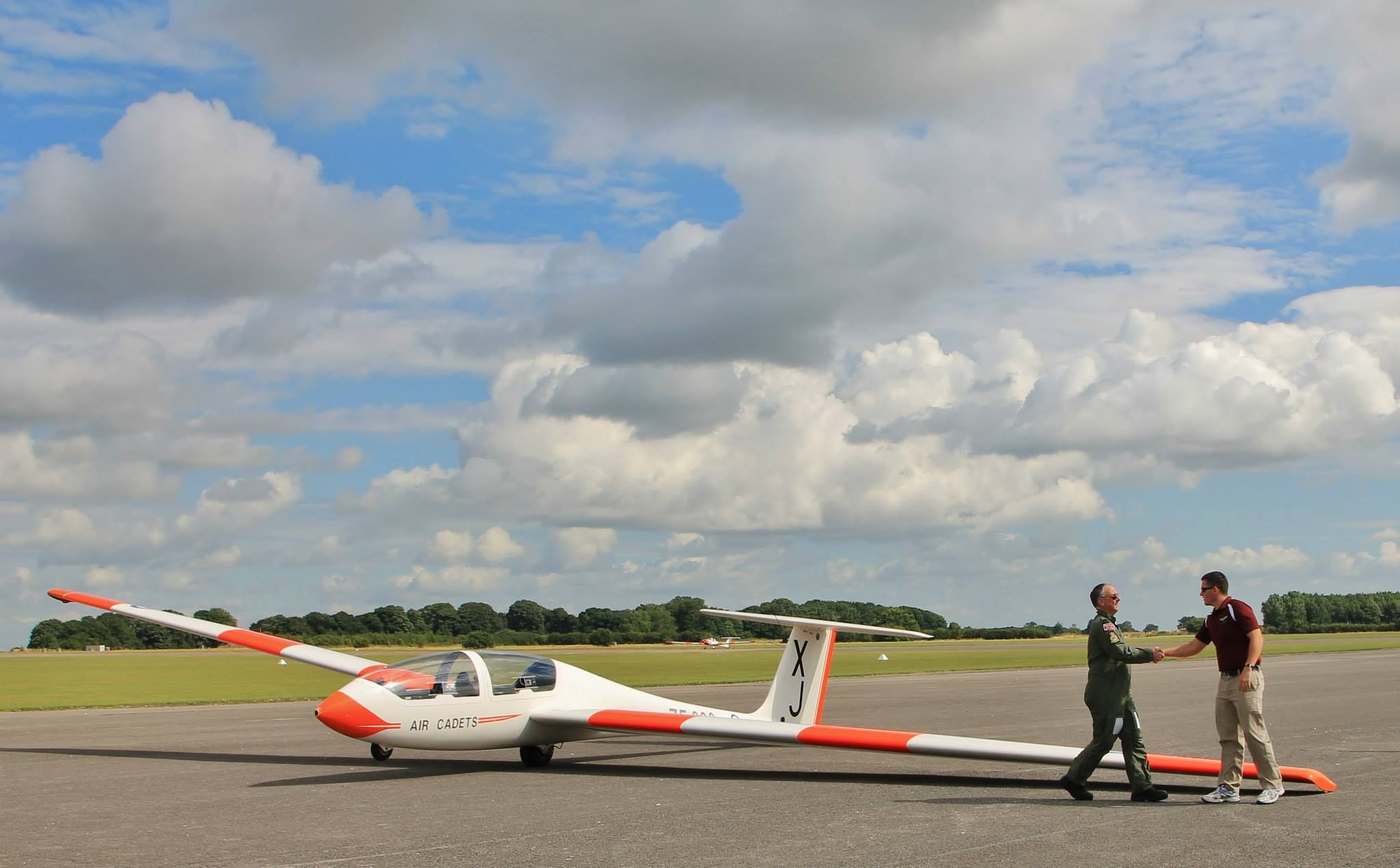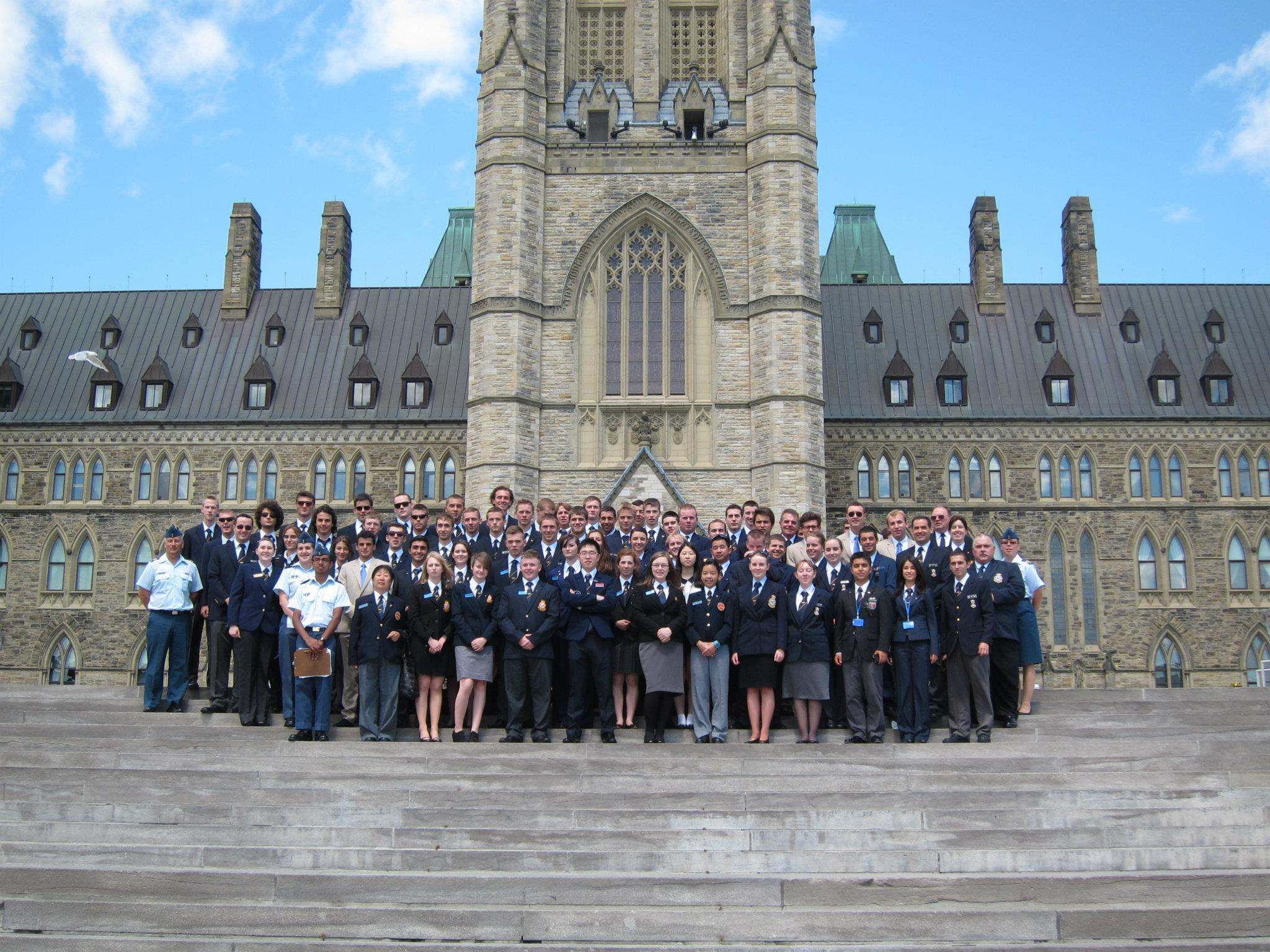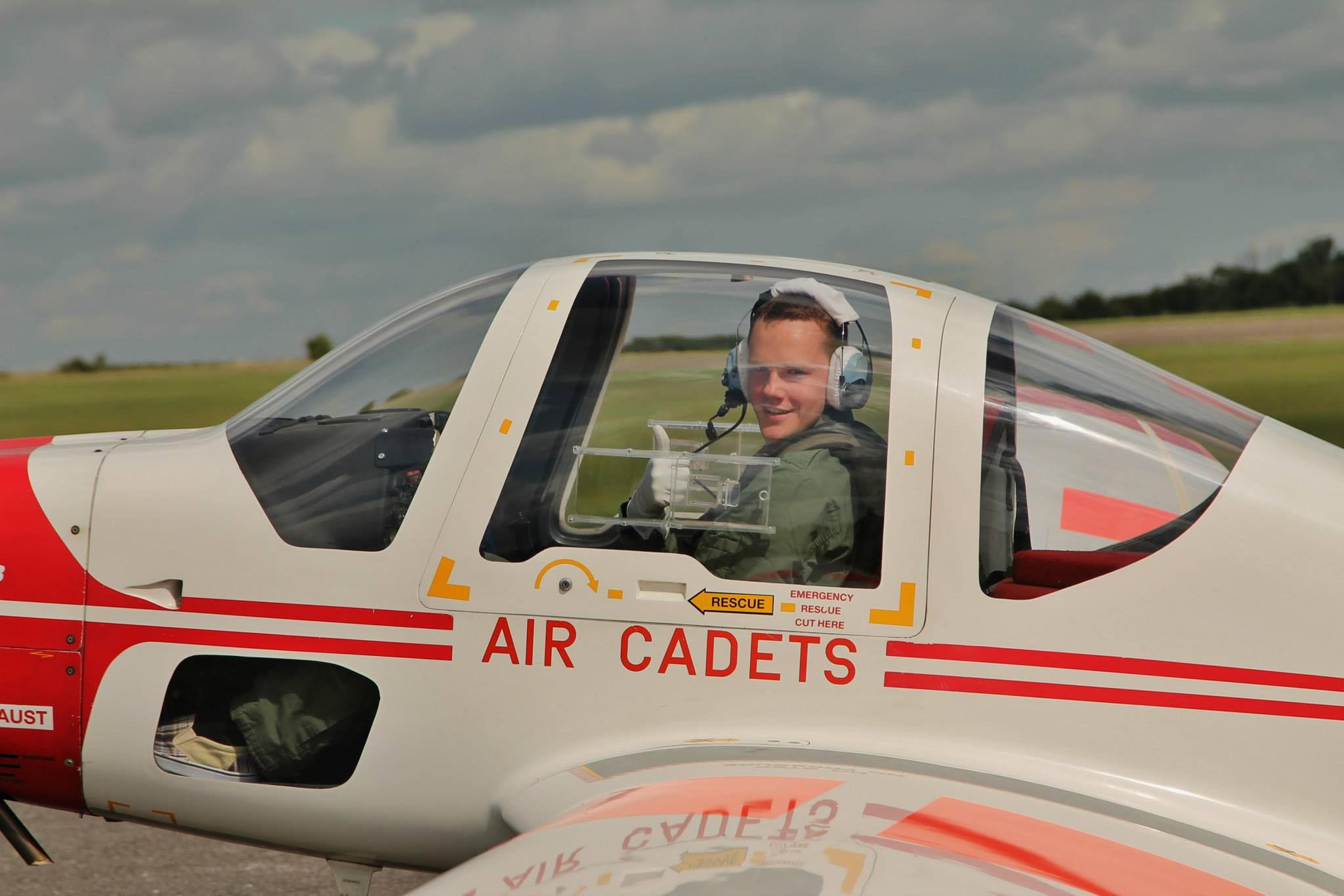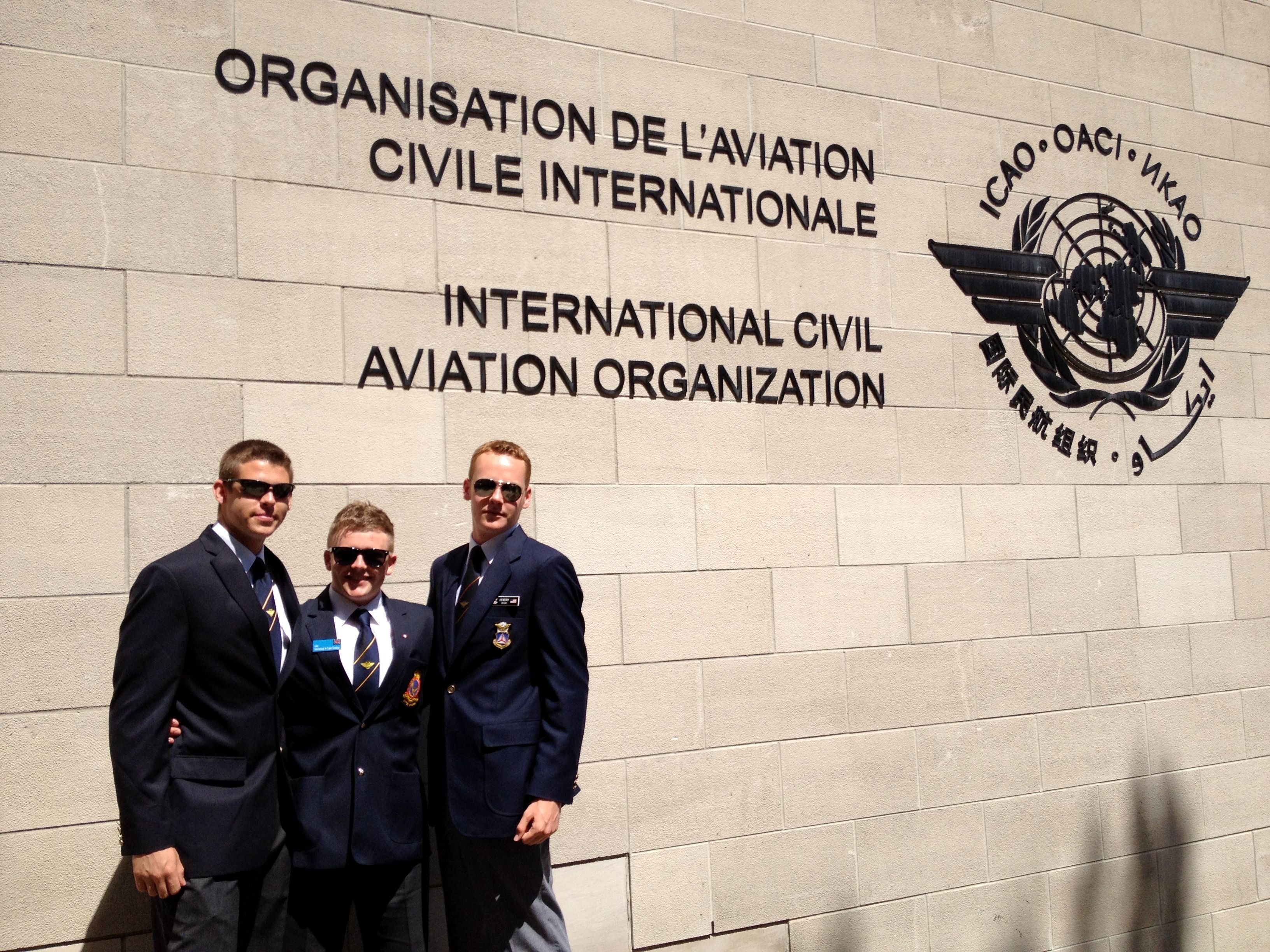Every year over 500 young people from around the world undertake a mission to expand their horizons and promote international understanding, goodwill, and fellowship through aviation. The International Air Cadet Association works with over a dozen countries to foster the education of young people interested in aviation through its annual exchange program.
Last year was the 75th anniversary of the International Air Cadet Exchange. The program promotes interest in aviation and space by bringing cadets together with their counterparts to introduce them to new opportunities. Participants can complete the program with an increased understanding of the aerospace industry and build connections worldwide. Youth from the various cadet programs are selected for participation based on demonstrated leadership ability, character, and community involvement.
What started it all?
Plans were later made for the first exchange on April 11th, 1946, when representatives of the United Kingdom's Air Training Corps visited Montreal to discuss the topic with the Air Cadet League of Canada. A proposal was for an exchange of 23 cadets and two Escort Officers. However, the project was postponed due to an outbreak of polio in Canada.
The exchange proceeded the following year and soon grew to include Civil Air Patrol cadets from the United States. Officials in Canada then contacted the Royal Swedish Air Force, which sent its first cadets to Canada in 1950. By 1952, the Air Cadet League made similar arrangements with the Air Forces and Flying Club organizations in Norway, Netherlands, and Denmark, who sent two cadets each beginning in 1952.
The International Air Cadet Exchange Association was founded to coordinate and integrate the program with a similar one in the United States. The exchange has since garnered the support of aviation organizations and governments worldwide. A committee meets for a planning conference each autumn hosted by one of the participating countries to discuss the following year's program.
Love aviation history? Discover more of our stories here.
Current participants in the exchange include the Air Training Corps Association of New Zealand, Australian Air Force Cadets, Cadets de l'Air' de Belgique, Air Cadet League of Canada, Aero Club de France, Deutsche Gesellschaft für Luft- und Raumfahrt (Germany), Hong Kong Air Cadet Corps, Netherlands Royal Netherlands Aeronautical Association, Switzerland Aero Club of Switzerland, Turkish Aeronautical Association, and Young Falcons of Korea.
What can the cadets do on the exchange?
The schedule varies from year to year and is overseen by each host country. Some countries transport cadets and escorts by civil aircraft or ground transportation, while others provide military air transportation. Cadets are shown around the host nation throughout two and a half weeks to visit various aviation, cultural, and historical points of interest. The cadets often work with local counterparts to conduct orientation flights on helicopters and gliders.
Cadets visiting the United Kingdom have traditionally been able to attend events like the Royal International Air Tattoo, one of the world's largest air shows with over 250 aircraft, at RAF Fairford. Lucky cadets in 2022 got to spot the Airbus Beluga XL. Highlights of previous exchanges included visiting the British Airways Speedbird Center and stepping aboard one of the jets used by the Royal Family at RAF Northholt.
Cadets traveling to Canada are treated to a tour of iconic locations, including Niagara Falls, Parliament Hill in Ottawa, and Montreal's Olympic Park. Cadets in 2012 were even afforded the opportunity to visit the headquarters of the International Civil Aviation Organization in Canada.
The program continues to foster goodwill between countries, with many of the exchange's participants remaining in contact with their counterparts decades after their time serving as cadet ambassadors.
Source: IACEA, Civil Air Patrol




